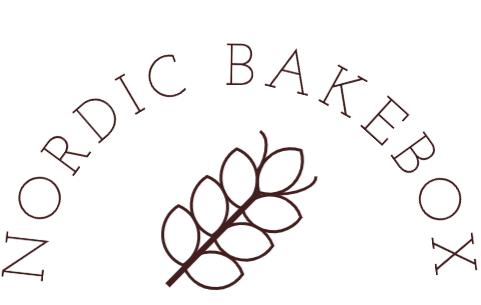Do you know what Gluten is?
Gluten is a protein found in wheat and rye. The reason gluten is important in baking with dough is that it makes the dough easier to work with and improves its ability to rise. The wheat gluten has the best baking properties and ensures good rising and results in a light, airy bread.
What is the secret to a good dough?
One of the main goals in bread baking is to develop gluten threads! The threads act as walls that trap air bubbles formed during proofing, making the bread or buns light, fluffy and soft. Gluten threads form when the dough is kneaded. As you knead, protein chains in the gluten start to bond. At first, many weaker threads form. If you stop kneading too soon, the dough won’t be strong enough to rise properly over time. But, with continued kneading, these weaker threads break and reform into stronger ones. This is why dough becomes firmer and more elastic the longer you knead it.
How Do I Know my dough has had enough kneading?
The dough should start being less sticky and easier to handle and get a slight shine. But to check for sure, that your dough has been kneaded enough, take a small piece of dough, roll it to a ball and gently stretch it between your fingers. If the dough stretches thinly without breaking, forming a see through "gluten window," it’s ready. The dough should feel elastic. If the dough tears easily, it needs more kneading. Simply roll it back into a ball and continue kneading for a few more minutes.
⚠️ Beware of Over-Kneading!
If your dough passes the test but you keep kneading, the strong gluten bonds may start to break down. This results in a slack, sticky dough that loses its structure and "spreads out." Overworked dough won’t hold its shape and may not rise properly.
